White remains among the most popular interior paint colors, and for good reason. It bounces light around a room, making it feel brighter, and it works with just about every other color out there. But as anyone who has ever shopped for paint can tell you, there’s no such thing as “plain white.” There are warm whites and cool whites, bold whites and quiet whites. Below, some advice on selecting the optimal white for your home.
Light and Color
The amount and type of light that illuminates the room is a key consideration when narrowing down your options. “You never want the paint to be too dark or too subdued if you don’t have enough natural light coming through,” says Chris Campos, the head of One Kings Lane’s To the Trade program. “A pure white works best with lots of natural light, while whites with more warm hues work well in rooms with less natural light.”
Pure white—often called decorator white—has the added advantage of complementing both warm and cool colors. “It’s going to make any space brighter,” Chris declares. That said, bright whites can reflect boldly colored furnishings. “A bright blue rug, for instance, can cast a bluish tone on a white wall.”
In rooms that rely on artificial light, the type of bulbs used influences which white paint will likely work best. “Incandescents are generally warm yellow-amber colors, so a warm white will sit well,” Chris explains. “LEDs are a game-changer, since they can come in both warm and cool tones now. You can really match the coolness or warmness of the white with these color-changing bulbs.”
The palette of your furnishings is another major factor when shopping for white paint. If your decor is primarily warmer colors such as red, yellow, and orange, lean toward whites with yellow or cream undertones. In what he calls “cocoonlike spaces” such as powder rooms and bedrooms, Chris favors whites that could be considered creams. “If I didn’t go with a dark color, I would use a cream in spaces where I want to relax.”
Conversely, whites with blue or gray undertones complement blues and greens. And if you aren’t sure whether warm or cool colors dominate in your room, “a warmer white is always a good bet,” Chris says.
Secrets of Success
How can you tell if a white is warm or cool? Hold a sheet of white paper against the paint swatch. “You’ll really be able to see the difference,” Chris insists.
You’ve probably heard this ad nauseam, but it bears repeating: Don’t choose any color based solely on a tiny paint chip. Chips can help you narrow down your options—Chris recommends winnowing them down to a short list of three or four. Then paint swaths of a wall or poster board with the colors you are considering, and evaluate the hues during different times of day.
Also bear in mind that the finish of the paint can affect the color. Glossy finishes reflect more light and will make a hue appear brighter, Chris notes, whereas flat finishes “allow colors to look truer under bright light.”
If you can’t seem to find just the right white, “don’t be afraid to mix two whites to get that perfect blend to create a signature look for your home,” Chris adds. Paint can transform a room in minutes, so make sure it’s a transformation you love.
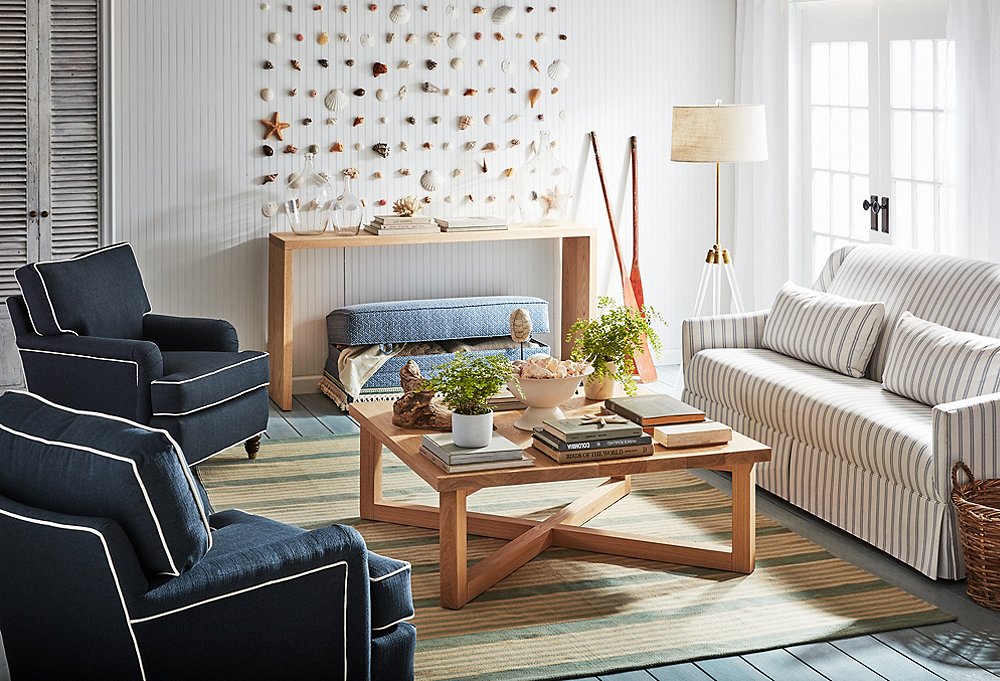
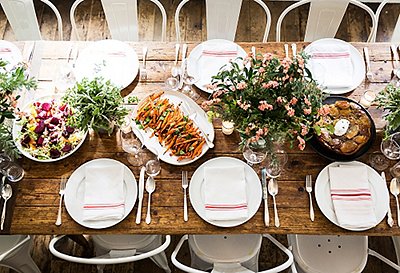
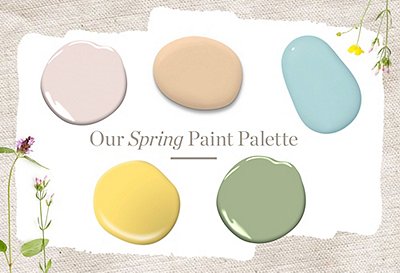

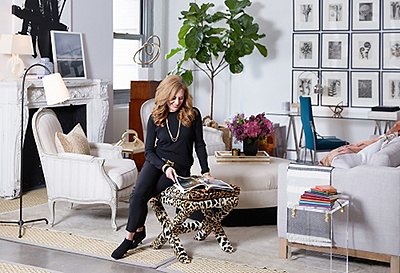
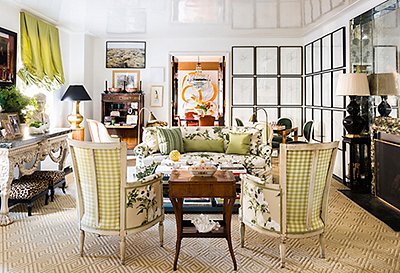
Join the Discussion